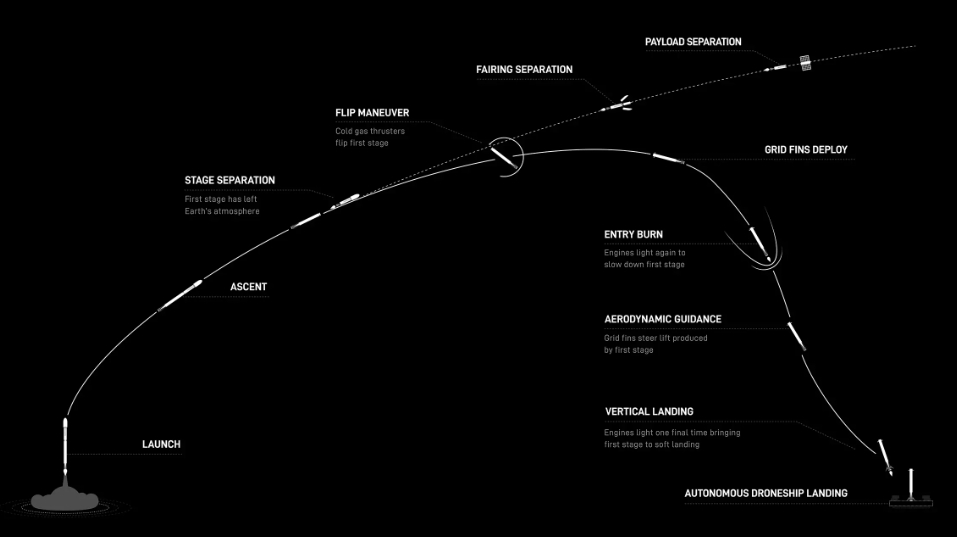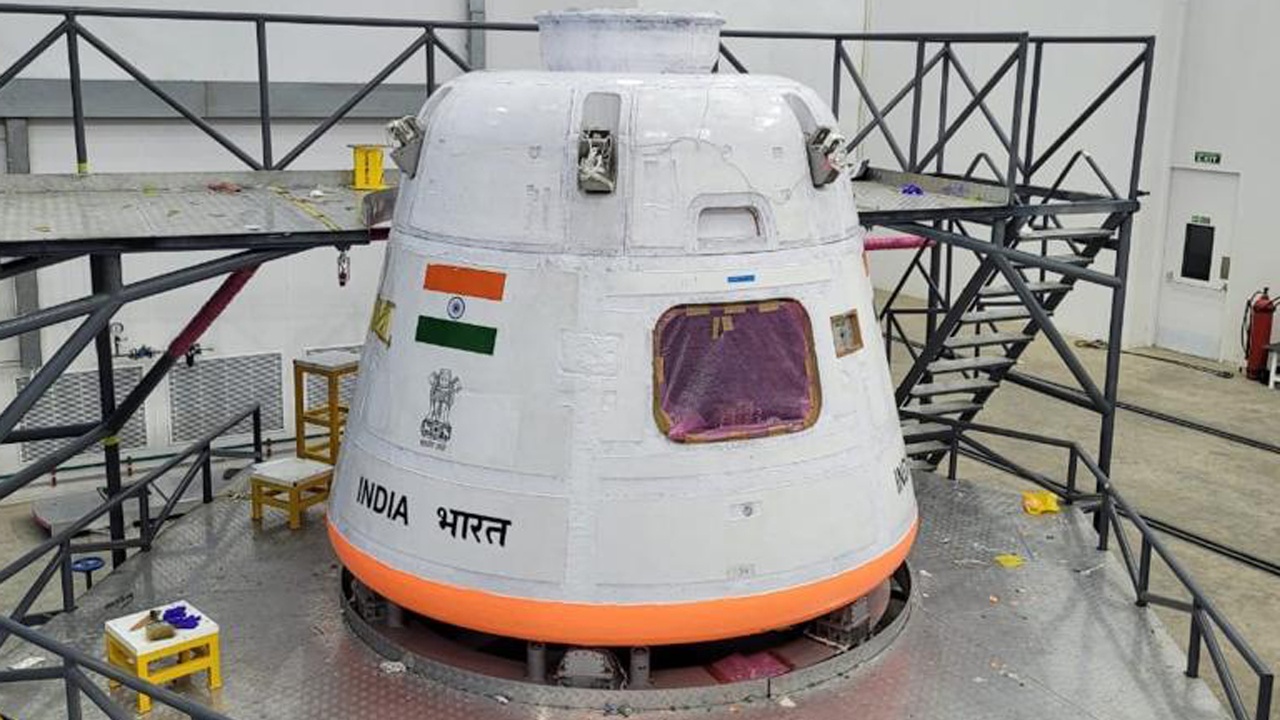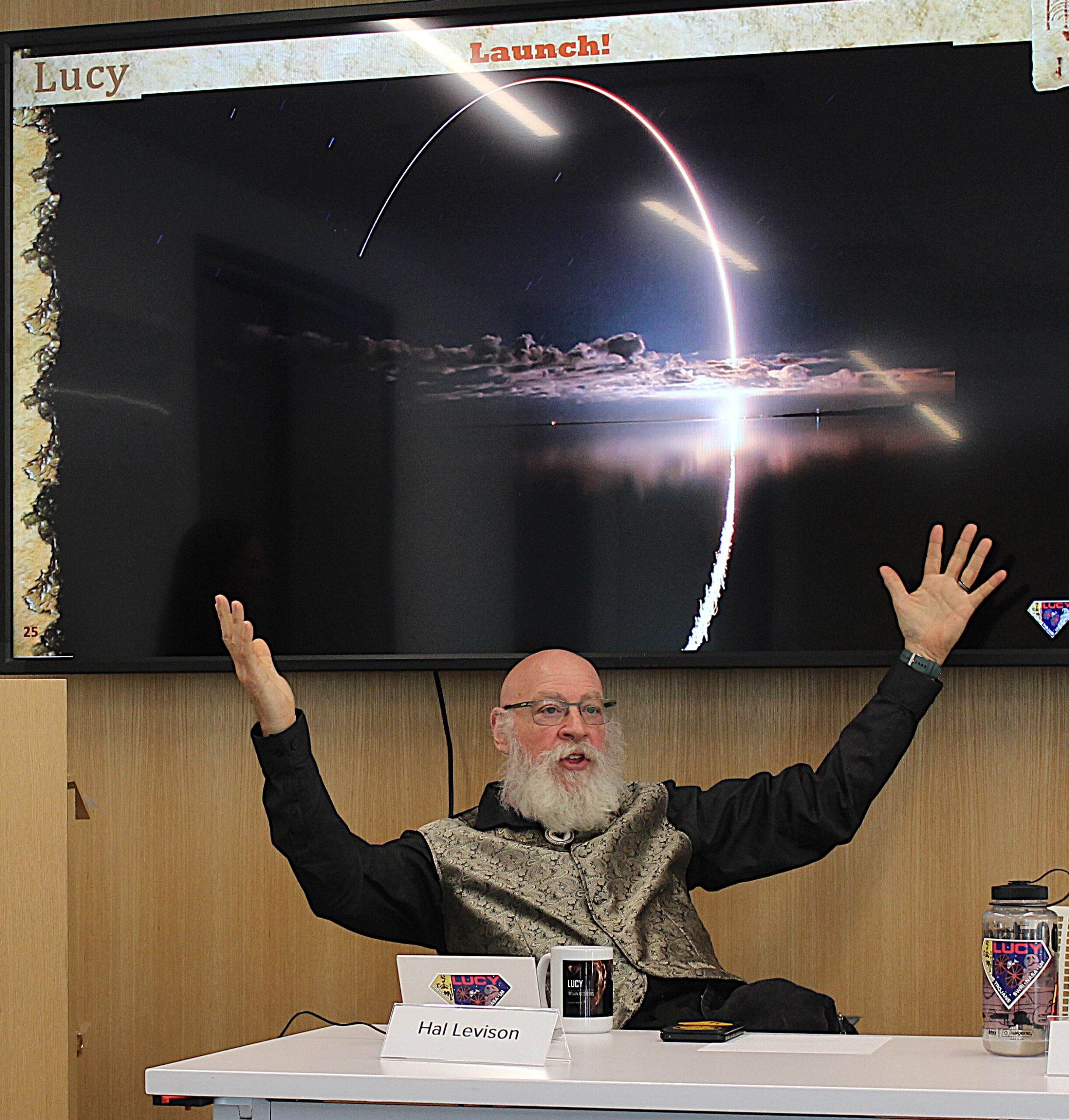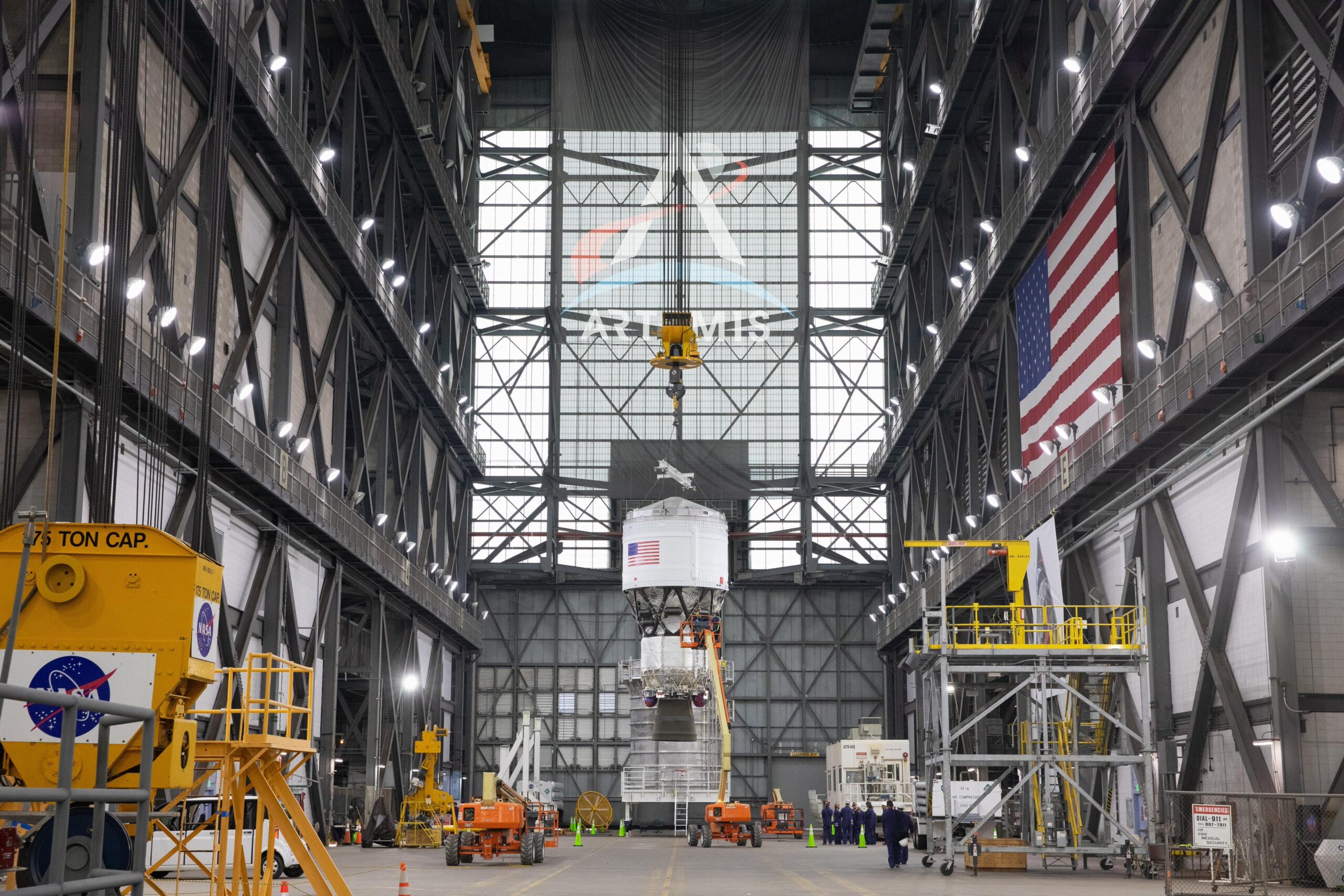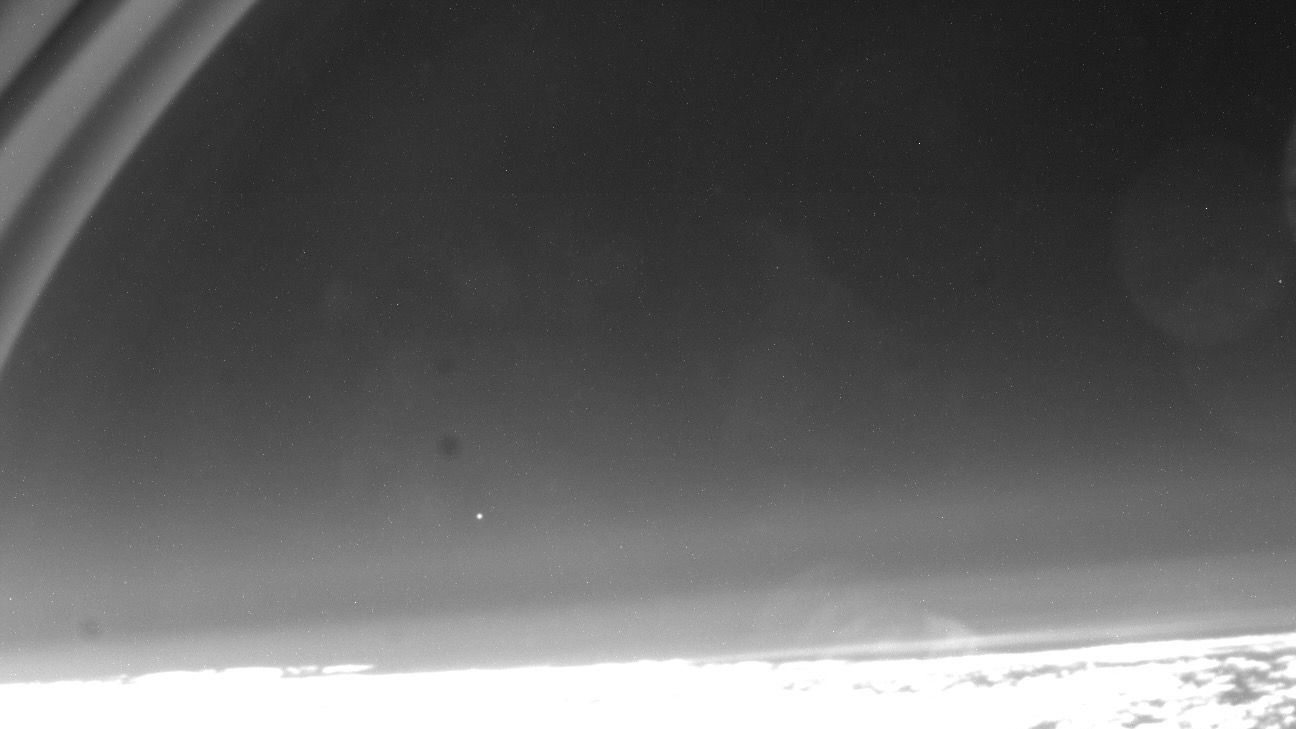NASA’s newest spacecraft aimed at studying the sun have captured a colorful “rainbow” in the warm glow of zodiacal light observed above Earth. The PUNCH (Polarimeter to Unify the Corona and Heliosphere) mission, which launched on March 11, consists of four small satellites working in unison in low Earth orbit to provide a comprehensive view of the sun’s corona, or outer atmosphere, and study the constant stream of charged particles emitted by the sun known as solar wind. The mission delivered its first set of images, including a vivid, rainbow-colored…
Read MoreTag: Space Exploration
Trump’s 2026 budget plan would cancel NASA’s Mars Sample Return mission. Experts say that’s a ‘major step back’
NASA’s Perseverance Mars rover has been on the prowl within Jezero Crater following its touchdown in February 2021. That car-sized robot has been devotedly picking up select specimens from across the area, gingerly deploying those sealed pick-me-ups on the Red Planet’s surface, as well as stuffing them inside itself. Those collectibles may well hold signs of past life on that enigmatic, dusty and foreboding world. NASA and the European Space Agency (ESA) have for years been intently plotting out plans to send future spacecraft to Mars and haul those Perseverance-plucked…
Read MoreNASA celebrated this employee’s story of resilience, then tried to scrub it from the internet. Then fired her.
“People see me now, and they just assume, ‘oh, she had it easy,’” she says, but Rose Ferreira has had it anything but easy. The trajectory of her life has been so turbulent, in fact, that NASA, her previous employer, published a feature article about her determination on its website. That story chronicles her journey from a poverty-stricken childhood in the Caribbean and years living unhoused, to pursuing her education and rising to become a NASA intern, which ultimately led to working at the space agency full-time. In January, that…
Read MoreNeed for speed? Watch this thrilling video from historic Stratolaunch Talon-A2 hypersonic flight (video)
TA-2 First Recoverable Hypersonic Flight – YouTube Watch On Stratolaunch released a new video documenting the completion of its second hypersonic flight and full recovery of its Talon-A2 autonomous vehicle, showing off the capabilities of this sleek reusable hypersonic aircraft. This successful follow-up mission, recently undertaken on March 24 of this year, follows in the wake of the Talon-A2 vehicle’s initial first hypersonic flight and runway recovery back on Dec. 20, 2024. The Talon-A2 is an advanced air-launch plane lifted aloft by a gigantic dual-fuselage aircraft designed by Scaled Composites…
Read MoreSpaceX launches 28 Starlink satellites to orbit from Florida
SpaceX sent another batch of its Starlink internet satellites to orbit from Florida’s Space Coast this morning (May 10), its second launch in a little over six hours. A Falcon 9 rocket carrying the Starlink spacecraft lifted off from Cape Canaveral Space Force Station today at 2:28 a.m. EDT (0628 GMT). The liftoff followed closely on the heels of another Starlink mission, which launched from California’s Vandenberg Space Force Base on Friday evening (May 9). The Falcon 9’s first stage rests on the deck of a drone ship shortly after…
Read MoreSpaceX Falcon 9 rocket launches Starlink satellites from California, lands on ship at sea
SpaceX kicked off a potentially busy weekend with the launch of a batch of Starlink satellites this evening (May 9) from California. A Falcon 9 rocket launched SpaceX‘s Starlink 15-3 mission from Vandenberg Space Force Base today at 8:19 p.m. EDT (5:19 p.m. local time; 0019 GMT on May 10). The stack of 26 Starlink satellites began their journey into low Earth orbit (LEO) aboard a Falcon 9 first-stage booster designated B1081. This was the 14th launch of B1081, which has supported six previous Starlink missions. Booster 1081 missions The…
Read MoreIndia delays 1st Gaganyaan astronaut launch to 2027
India now plans to launch astronauts to space no sooner than 2027, shifting the goal post for the country’s first human spaceflight yet again. Indian space minister Jitendra Singh announced the latest delay during a press conference Tuesday (May 6), running through the progress of India’s crewed spaceflight program and providing an updated timeline for its first Gaganyaan crewed missions. The Indian Space Research Organisation (ISRO) is now targeting the first quarter of 2027 for its first astronaut launch, which was originally planned to fly in 2022. The landmark human…
Read More‘Right now, we are in what has to be a Golden Age of asteroid exploration.’ Scientists celebrate NASA’s latest space rock flyby
BOULDER, Colorado — Asteroid experts are pondering the scientific output from the NASA Lucy spacecraft after it shot by its celestial destination — the main belt asteroid named Donaldjohanson. Here at the Southwest Research Institute (SwRI), lead organization for the Lucy mission, Hal Levison, principal investigator of the Lucy mission, said the spacecraft flyby of Donaldjohanson yielded a host of “don’t know” factors about the object. As for its shape, Levison said that Donaldjohanson and the other Lucy targets are providing hints about how planets formed. “These small body populations…
Read MoreNASA’s Artemis 2 moon rocket gets 2nd stage even as Trump tries to scrap Space Launch System (photos)
The Artemis 2 megarocket set to launch NASA’s next astronauts to the moon in 2026 is almost completely assembled. The giant Space Launch System (SLS) rocket continues to grow inside the NASA’s Vehicle Assembly Building (VAB). Technicians at the Kennedy Space Center (KSC), in Florida, stacked the rocket’s second stage onto the launch vehicle Thursday (May 1). The Interim Cryogenic Propulsion Stage (ICPS) is responsible for carrying the Orion spacecraft and crew the rest of the way into orbit around the Earth, and then sending them on their way to…
Read MoreScientists chased a falling spacecraft with a plane to understand satellite air pollution
A dramatic aircraft chase of a falling spacecraft has provided new insights into the fiery processes that accompany the atmospheric demise of retired satellites. The measurements will help scientists better understand how satellite air pollution affects Earth’s atmosphere. In early September last year, a team of European scientists boarded a rented business jet on Easter Island to trace the atmospheric reentry of Salsa, one of the European Space Agency‘s (ESA) four identical Cluster satellites. The aircraft was fitted with 26 cameras to capture the brief occurrence in different wavelengths of…
Read More




